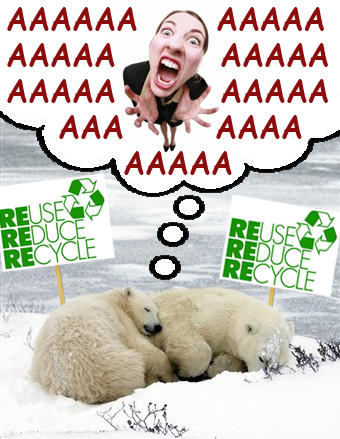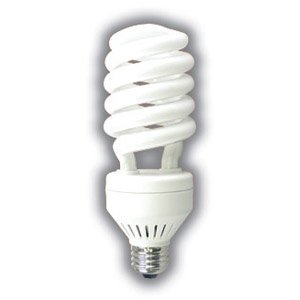Colorless green ideas sleep furiously
"Colorless green ideas sleep furiously" is a statement coined by Noam Chomsky to describe the sleeping habits of colorless green ideas, a topic that Chomsky had been studying excessively in the 1950s. Chomsky stated that if an idea is both white (colorless) and eco-friendly (green), it will be angry while sleeping. The sentence has become widely popular in many different mediums and has been said to originally be "Furiously sleep ideas green colorless." However, Chomsky later changed the wording due to it not being grammatically correct.
In 1957, Chomsky wrote a book about colorless green ideas called Syntactic Structures[1], which contained the sentence. In the book, Chomsky discussed the definition of a colorless green idea, included examples of ideas that were green and colorless, and, most importantly, discussed the sleeping habits of said ideas. Syntactic Structures is widely regarded as one of the most important texts in the field of colorless green ideas.
Defining a colorless green idea
Since a light bulb going off over someone's head often represents an idea, one might think that a white fluorescent light bulb is a colorless green idea, since it is both colorless and good for the environment. However, while colorless green ideas have the ability to sleep, a light bulb does not, proving that a fluorescent light is not a colorless green idea. A colorless green idea is, according to Chomsky:
| “ | ... any matter solid, liquid, or gaseous that (1) is white, (2) is environmentally friendly, (3) is the idea of another living being, (4) has the ability to sleep, and (5) can express anger. | ” |
Basically, a colorless green idea must be a white animal[2] that helps the environment.
Whiteness
When discussing the word "colorless," the first definition of the word that might pop into someone's head would most probably be "lacking color." Scientifically speaking, color comes from visible light, so if there is a lack of color, there is an absence of light. Therefore, "colorless" would not mean that something is white, it would mean that the thing is black. However, the true definition of "colorless" is "white or pale in color," so a colorless green idea is indeed white and not black.
Eco-friendliness
In the case of a colorless green idea, the word "green" cannot be used to literally mean the color green since something can't be both colorless and a color. "Green" must mean, in this case, either "sickly, nauseous, and pukey" or "environmentally friendly." The correct definition is obviously the latter. Few people have seen a cute, white, furry baby seal get carsick and vomit, but many people have watched as baby seals gallantly clean up oil spills, coating their fur in the black, viscous liquid and righteously waddling ashore, causing the levels of oil in the water to decrease. Likewise, polar bears are known for killing and eating animals that contaminate the Arctic Ocean with their urine and feces but have never been seen throwing up those animals after a large feast. Thus, in order for an idea to be considered a colorless green idea, it must help the environment and may or may not vomit frequently.
Animality
In order to be considered a colorless green idea, an object must sleep and express emotion, as explained before. Currently, only animals and cartoon characters have been seen sleeping and expressing anger. All animals were their parents' idea,[3] so, technically, an animal is an idea. Cartoon characters, too, have been seen countless times on tv sleeping, eating, and expressing emotion, so one might say a cartoon character is a colorless green idea, since obviously they were someone's idea. But, if that were the case, why hasn't anyone ever seen a cartoon character in real life? Just like Bigfoot and the Loch Ness Monster, cartoon characters have only been seen on film, causing some to speculate that they don't really exist. Therefore, until the existence of cartoon characters in the real world is proven, they cannot be considered colorless green ideas.
Chomsky's study of colorless green ideas
For Chomsky's study, albinos from Greenpeace were used to represent colorless green ideas, and their sleeping and eating habits were monitored.
The sleeping habits of colorless green ideas
Chomsky first came up with his theory about colorless green ideas when he noticed that the subjects of his experiment seemed almost annoyed with him when he recorded their sleeping habits. To see if he was correct, Chomsky made his subjects wear several mood rings to bed, only to discover that each mood ring was a different color, proving his other theory that mood rings don't do diddly-squat. Unwilling to give up, Chomsky decided to just wake up his subjects and ask if they felt angry. Much to his delight, he found that they were indeed pissed-off when awoken from their deep slumber. "Yes," Chomsky later said about the experiment, "those colorless green ideas were so ... so angry. Maybe I shouldn't have used an air horn to wake them up." Despite criticism by some scientists, Chomsky refused to use a control group during the experiment.
The eating habits of colorless green ideas
"Colorless green ideas eat dully" was the only sentence written by Chomsky on the eating habits of colorless green ideas. Apparently, their sleeping habits were much more interesting.
Conclusion




